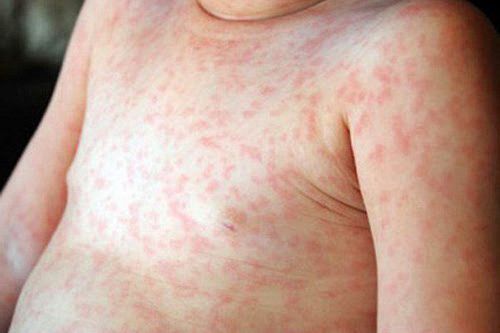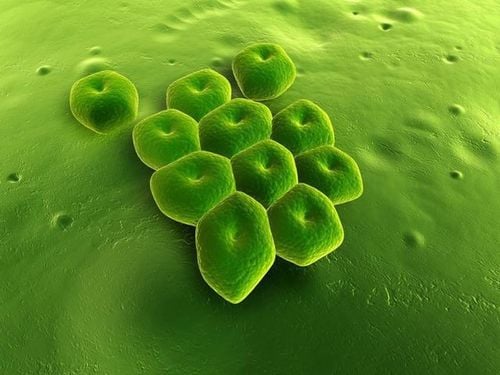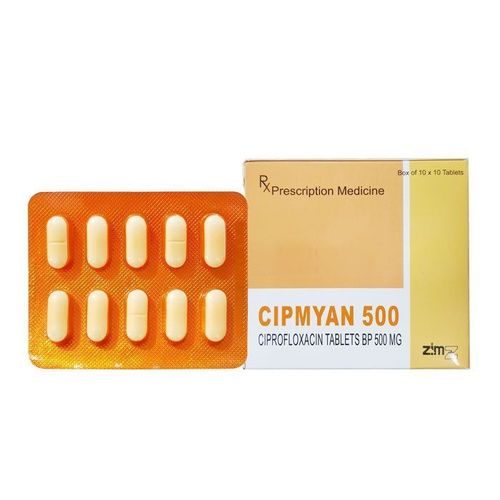This is an automatically translated article.
The article was professionally consulted with Specialist Doctor I Nguyen Hong Phuc - General Internal Medicine - Department of Medical Examination & Internal Medicine - Vinmec Phu Quoc International General Hospital.1. Learn about anthrax
It is an acute bacterial infection that usually affects the skin, rarely affecting the oropharynx, lower respiratory tract, mediastinum or gastrointestinal tract. Anthrax is caused by the bacterium Bacillus anthracis. The characteristic of this bacterium is a rod-shaped bacillus, which exists in the form of spores with good resistance, persists in soil or animals for decades, and is able to withstand harsh environments, only being digested. kill when boiled at 100 degrees C for 30 minutes. The reservoir is an animal, usually a herbivore including wild animals, cattle such as buffaloes, cows, pigs, goats, etc., which spreads in the blood and persists even after the animal dies. still has the potential to cause illness, especially in humans. What are the ways in which anthrax is transmitted?Anthrax is transmitted from animals to humans through damaged human skin such as scratches that come in direct contact with the tissues of herbivores such as hair, skin, bones, .. Ingestion of anthrax by eating Undercooked food containing the bacteria also transmits anthrax. Directly transmitted by inhalation by inhalation of anthrax spores such as in the leather, wool and bone processing industry. Direct staining, cultured. serological tests. Use penicillin or tetracycline antibiotics to treat anthrax.
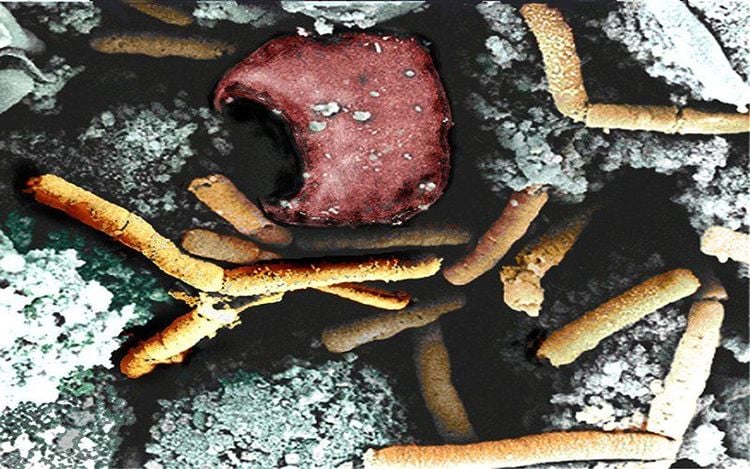
2. Clinical symptoms of anthrax
Anthrax causes different diseases at different locations, specifically:In the skin form, the infected skin area appears itchy, then papules, blisters, then about 2-4 days after the onset of the disease. develops into a black ulcer accompanied by mild to severe edema. Common locations are the head, arms, and hands. If not treated promptly, it can spread to regional lymph nodes and then into the bloodstream, causing sepsis or brain damage. Lung body. Pulmonary anthrax presents as acutely as an upper respiratory tract infection. The disease usually progresses to severe fever and shock after 3-5 days and then death. Intestinal body. Intestinal anthrax is rare and difficult to detect. Severe abdominal pain accompanied by fever, sepsis and ending in death. In which anthrax is the easiest skin type to treat, the respiratory form usually progresses very quickly, often leading to respiratory failure, sepsis and septic shock, which can be fatal. The more difficult-to-treat gastrointestinal form can lead to dehydration, electrolytes, blood loss, sepsis, and intestinal perforation.
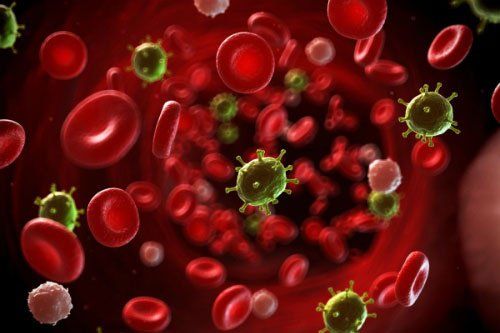
3. Measures to prevent and control epidemics
3.1 For cattle Disinfection disinfects the environment while also sterilizing patient excreta and contaminated objects. Disinfect the place where there are carcasses and animal waste in accordance with regulations. Animal carcasses must be covered with lime powder before burial. Other foods of animal origin need to be carefully cleaned before processing. Do not sell skins, do not eat meat of animals infected with anthrax because the disease can be transmitted through food. Treat suspected animals with penicillin or tetracycline. Testing wastewater and waste from processing plants for potentially contaminated animals 3.2 For industry Maintain hygiene. Propaganda and education on personal hygiene when in contact with contaminated objects capable of transmitting anthrax. Ensure good ventilation in industries where there is a risk of anthrax transmission. Regular health check for workers with timely medical care for skin lesions suspected of infection. Industrial zones should have work clothes, clean bathrooms for bathing and changing clothes after work.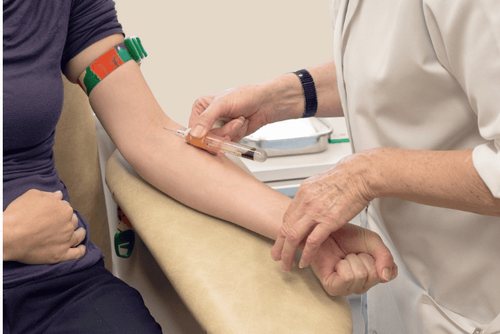
Please dial HOTLINE for more information or register for an appointment HERE. Download MyVinmec app to make appointments faster and to manage your bookings easily.







